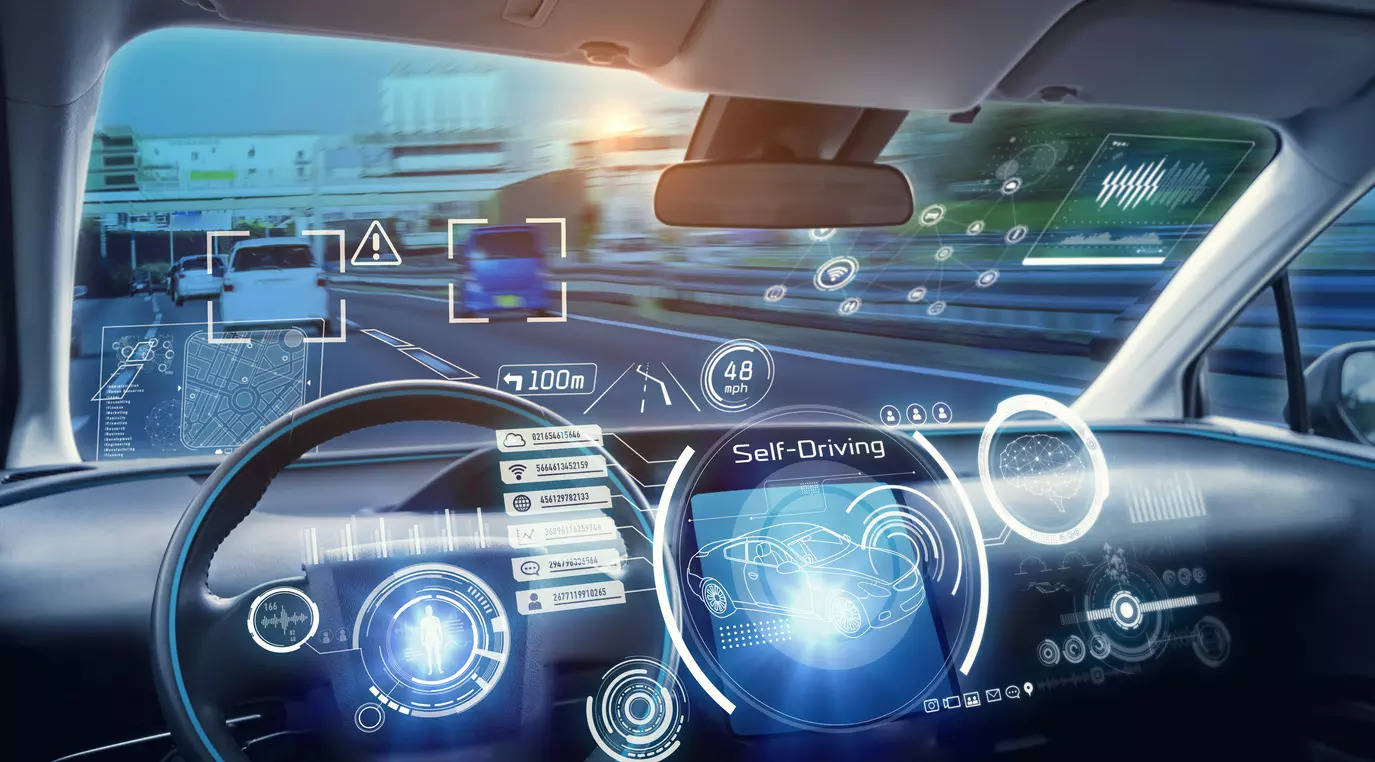Picture a scenario where a vehicle can predict a pedestrian’s movements or instantly adjust its path for a cyclist. This level of granular decision-making is what real-time machine learning brings to the table.
Advanced machine learning models are the brains behind modern vehicles’ intelligence. These algorithms play a pivotal role in recognising pedestrians, predicting their movements, and navigating complex traffic situations. Dr. Aditya Gopi Dodda, an expert in building apps using real-time machine learning from the University of Massachusetts Amherst said that both Advanced Driver Assistance Systems (ADAS) and the journey towards full autonomy rely heavily on these intricate models to make informed, real-time decisions.
However, implementing these complex machine learning models in real-time within vehicles presents challenges due to the limitations of onboard hardware. This is where compression steps in. Compression reduces the size of data sets and algorithms without significantly compromising their functionality. “Compression not only conserves memory but also enhances execution speed, a crucial aspect for real-time applications in autonomous cars. Such compression ensures that complex machine learning models can efficiently run on a vehicle’s onboard processors, which may not be as powerful as data center-grade hardware,” Dr. Dodda said.
With compression on board, vehicles can execute machine learning models seamlessly, process extensive data streams, and make complex decisions with minimal latency. This results in real-time, nuanced decisions that prioritize safety and efficiency. “The capability to instantly analyze data from sensors, cameras, and radars and make informed decisions is revolutionizing the automotive industry,” he added. We’re on the brink of a reality where vehicles can predict nuanced scenarios, adapt to pedestrians’ unexpected movements, and alter routes based on real-time events, even in adverse weather conditions.As autonomous vehicles draw closer to becoming an everyday reality, the significance of real-time machine learning cannot be overstated. Imagine a scenario where your car can ‘see’ clearly through heavy rain, making decisions as if it were a sunny day. This future promises effortless navigation even when human drivers might struggle.


